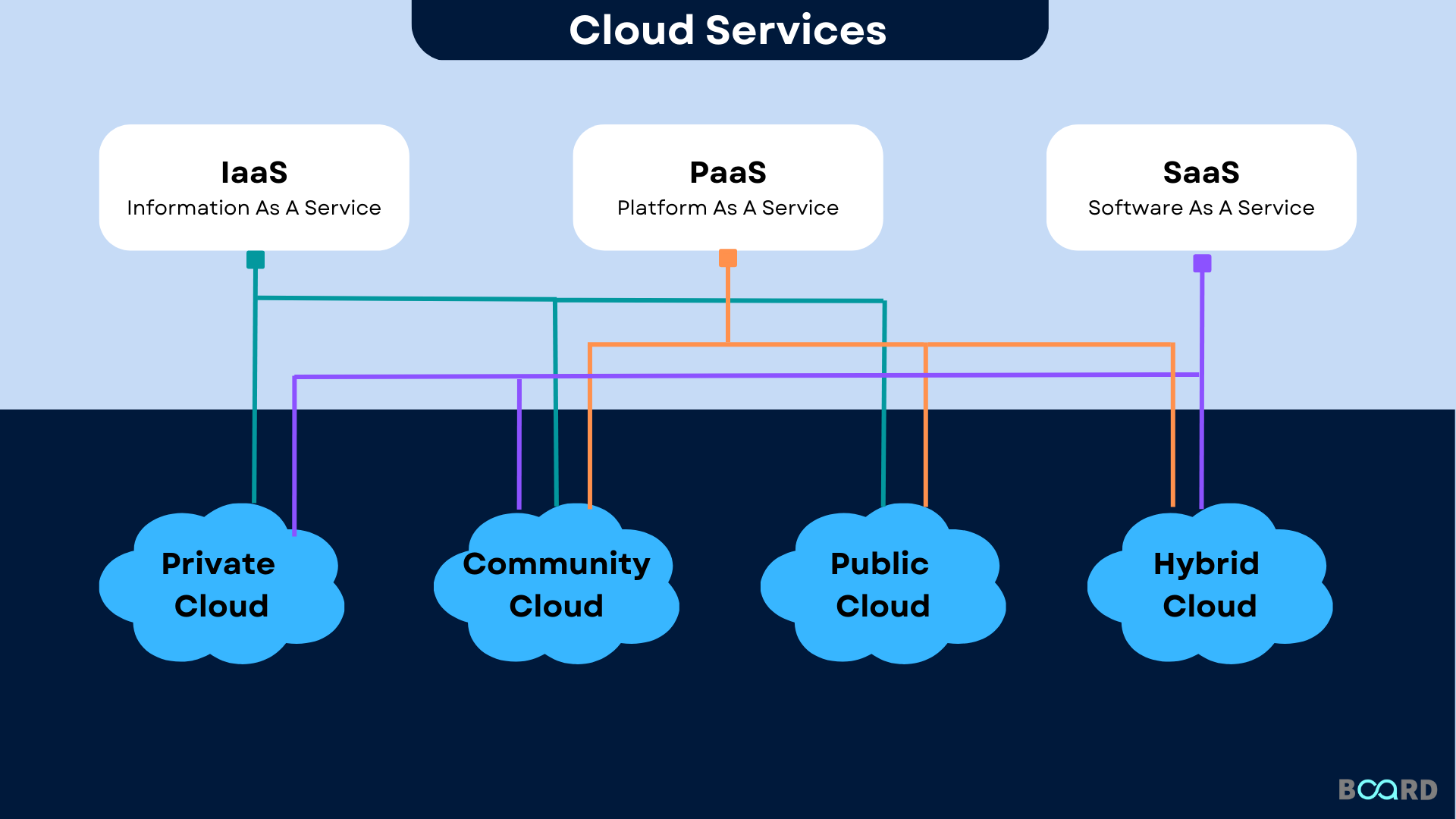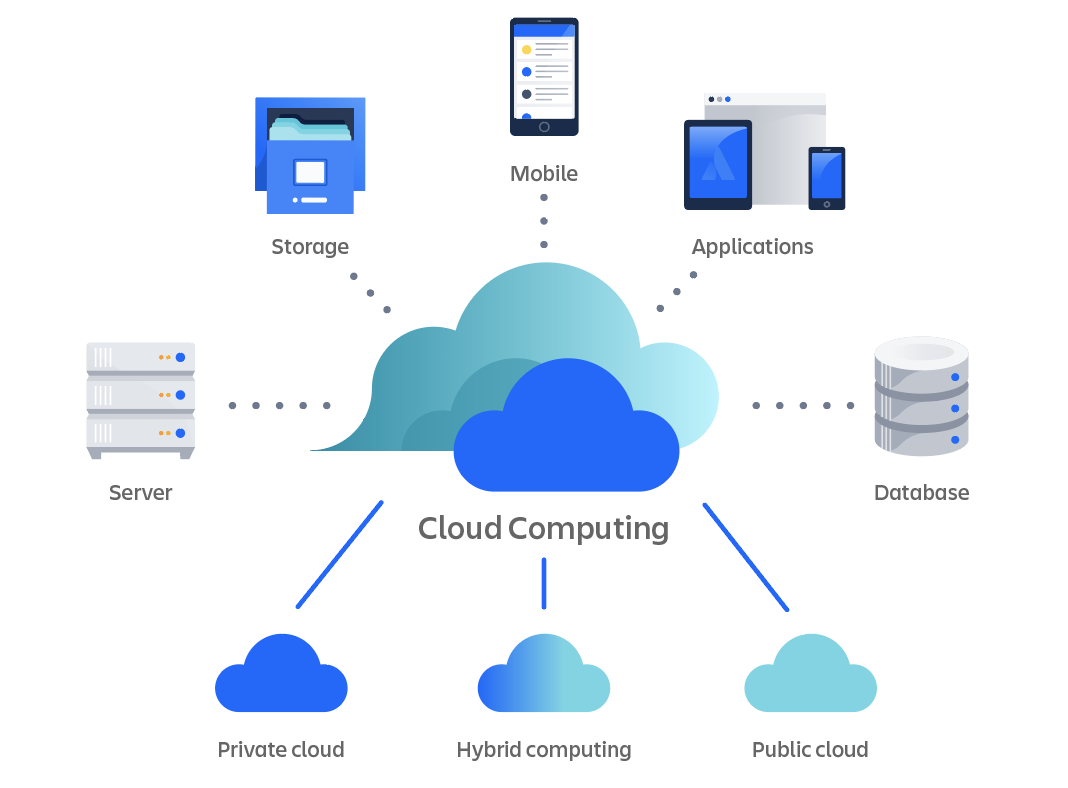LinkDaddy Cloud Services Press Release: Enhance Your Reach
LinkDaddy Cloud Services Press Release: Enhance Your Reach
Blog Article
Utilizing the Prospective of Cloud Solutions for One-upmanship in the marketplace

Benefits of Cloud Services

Cost-efficiency is another significant benefit of cloud solutions, as companies can prevent huge upfront financial investments in hardware and software application. Overall, the benefits of scalability, cost-efficiency, and flexibility make cloud solutions a beneficial asset for business seeking an affordable side in today's vibrant market landscape.
Cloud Migration Approaches
Cloud migration requires precise preparation and smooth execution to ensure a smooth change of electronic assets to cloud-based environments. Organizations starting this journey should initially perform an extensive evaluation of their existing IT infrastructure, applications, and data to establish one of the most ideal movement technique. One usual method is the "Raise and Change" technique, where existing systems are relocated to the cloud without considerable modifications. This method provides a quick migration procedure but might not fully leverage the benefits of cloud-native functions.
Additionally, the "Replatforming" technique involves making small modifications to applications to enhance their efficiency in the cloud setting. This technique strikes a balance between speed and optimization, permitting companies to take advantage of cloud capabilities while minimizing disruptions.
For more facility systems, the "Refactoring" method, also referred to as "rearchitecting," includes revamping applications to be cloud-native. While this technique requires even more time and resources, it can make best use of the benefits of scalability, adaptability, and cost-efficiency that cloud systems offer.
Inevitably, selecting the appropriate cloud migration method depends upon factors such as the company's goals, budget plan, timeline, and technical demands. By thoroughly evaluating these factors to consider, companies can efficiently shift to the cloud and get an one-upmanship in the market.
Enhancing Data Safety And Security Actions
After executing cloud movement techniques, companies should focus on enhancing information protection measures to secure their digital properties efficiently. Information security is critical in the digital age, especially when leveraging cloud services that include sending and storing sensitive information. To boost information security, organizations must take into consideration executing security methods to shield data both at rest and en route. Security makes sure that also if unapproved parties access the data, it stays muddled and pointless. In addition, implementing multi-factor verification includes an added layer of security by requiring users to provide numerous types of confirmation prior to accessing delicate info.
Routine safety and security audits and susceptability evaluations are necessary to determine and deal with any weak points in the data protection facilities quickly. Training workers on finest methods for data protection and applying strict access controls can additionally reduce the threat of internal data breaches. By buying robust information safety and security actions, companies can instill trust amongst their stakeholders and customers, eventually gaining an one-upmanship in the marketplace.
Leveraging Cloud for Scalability
Carrying out cloud solutions permits organizations to dynamically change resources according to require, boosting scalability and maximizing functional effectiveness. Scalability in the cloud context refers to the capacity to quickly and easily increase or reduce resources as needed, supplying organizations with the adaptability to fulfill changing requirements.
Additionally, leveraging cloud scalability allows organizations to react without delay to market variations, seasonal needs, or unanticipated development, ensuring nonstop solution delivery without incurring unneeded prices. By scaling sources up or down in real-time, companies can preserve ideal performance levels while controlling expenditures. Furthermore, scalable cloud services empower companies to introduce swiftly, deploy new applications effectively, and adjust to advancing organization requirements with agility. On the whole, welcoming cloud scalability is a strategic move that cultivates competitiveness and positions businesses for sustainable development in today's vibrant market landscape.

Implementing Cloud-Based Collaboration
Cooperation in modern-day organization settings has undergone a significant transformation through the integration of cloud-based modern technologies. Cloud-based partnership tools have revolutionized the way groups function together, using real-time interaction, paper sharing, and job management capabilities no matter of physical place. By executing cloud-based cooperation services, companies can improve productivity, increase performance, and enhance process.
Among the crucial advantages of cloud-based collaboration is its ability to damage down communication barriers amongst staff member. With functions like immediate messaging, video clip conferencing, and online whiteboards, staff members can team up seamlessly and remain connected regardless of where they are located. Moreover, cloud-based cooperation devices facilitate simple access to shared papers and resources, making it possible for staff member to interact on projects in a simultaneous manner.
In addition, cloud-based collaboration advertises adaptability and agility within organizations by making it possible for remote work and promoting cross-functional synergy. Employees can work together in real-time, share feedback quickly, and choose collectively, linkdaddy cloud services causing quicker better and problem-solving technology. Overall, executing cloud-based cooperation is crucial for modern organizations looking to remain competitive in today's interconnected and busy market landscape.
Verdict
Finally, the application of cloud services provides many advantages for companies looking for a competitive edge out there. By applying cloud migration methods, improving information security steps, leveraging scalability, and using cloud-based partnership, businesses can improve efficiency, reduce costs, and stay in advance of the competition. Accepting the capacity of cloud services is necessary for organizations aiming to prosper in today's rapidly evolving organization landscape.
The capability to harness the capacity of cloud services offers businesses many advantages, from increased dexterity and scalability to boosted cooperation and data safety and security. As companies navigate the complexities of cloud movement and check out innovative means to take advantage of cloud innovation, the inquiry develops: How can companies efficiently make use of cloud services to not just keep up with yet likewise surpass their competitors in the vibrant industry?
Furthermore, the flexibility used by cloud solutions enables organizations to accessibility data and applications from anywhere, promoting remote job and collaboration amongst groups found in various geographical locations. - universal cloud Service
By executing cloud movement techniques, enhancing information safety and security procedures, leveraging scalability, and utilizing cloud-based partnership, services can boost effectiveness, lower costs, and stay in advance of the competitors. Embracing the capacity of cloud solutions is vital for companies looking to succeed in today's quickly progressing organization landscape.
Report this page